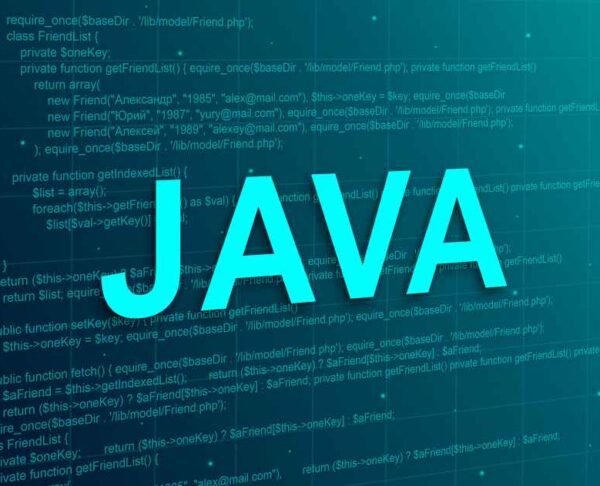Introduction:
In the realm of programming, the choice of language can significantly impact the success and efficiency of a project. Two prominent contenders in this arena are Python and Java, each with its own strengths and weaknesses. This blog delves into the Python vs. Java debate, helping you navigate the decision-making process by uncovering the distinctive features, use cases, and considerations of these programming languages.
Python: Versatility and Ease of Use:
Python has risen to prominence for its simplicity, readability, and versatility. Known for its clean syntax and vast library support, Python is a popular choice for both beginners and seasoned developers.
- Readability and Syntax:
Explore how Python’s elegant and concise syntax contributes to its readability, making it easier to write and maintain code.
- Extensive Library Support:
Discover the extensive collection of libraries and frameworks available in Python, which accelerate development and enable developers to achieve complex tasks efficiently.
- Rapid Prototyping and Development:
Python’s quick development cycle makes it ideal for rapid prototyping and experimentation, facilitating iterative development processes.
- Data Science and Machine Learning:
Python’s dominance in data science and machine learning is undeniable. Learn how libraries like NumPy, Pandas, and TensorFlow have established Python as a go-to language for AI and data analysis.
Java: Power and Portability:
Java, known for its robustness and platform independence, is a versatile language that caters to a wide range of applications, from web development to mobile app development.
- Strong Typing and Robustness:
Understand how Java’s strong typing and strict adherence to object-oriented principles contribute to robust and reliable software.
- Platform Independence with JVM:
Java’s “write once, run anywhere” philosophy is made possible through the Java Virtual Machine (JVM), allowing Java code to be executed on various platforms.
- Web Applications and Backend Development:
Discover Java’s significance in building scalable web applications and backend services, facilitated by frameworks like Spring Boot.
- Android App Development:
Java is the primary language for Android app development. Explore how Java’s versatility empowers developers to create feature-rich and performant mobile applications.
Choosing the Right Language:
The decision between Python and Java ultimately depends on the nature of your project, its requirements, and your development team’s expertise.
- Python Use Cases:
Explore scenarios where Python excels, such as data analysis, scripting, web development, and machine learning.
- Java Use Cases:
Learn about Java’s strengths in enterprise-level applications, Android app development, and systems programming.
- Considerations for Decision-Making:
Consider factors like project complexity, development speed, community support, and team familiarity when choosing between Python and Java.
Conclusion:
Python and Java each offer unique advantages that cater to different programming needs and application domains. As you weigh the merits of Python’s simplicity against Java’s robustness, remember that the “right” programming language is the one that aligns with your project’s goals and your team’s expertise. By understanding the strengths and limitations of both Python and Java, you can make an informed choice that sets the stage for successful development and innovation.




